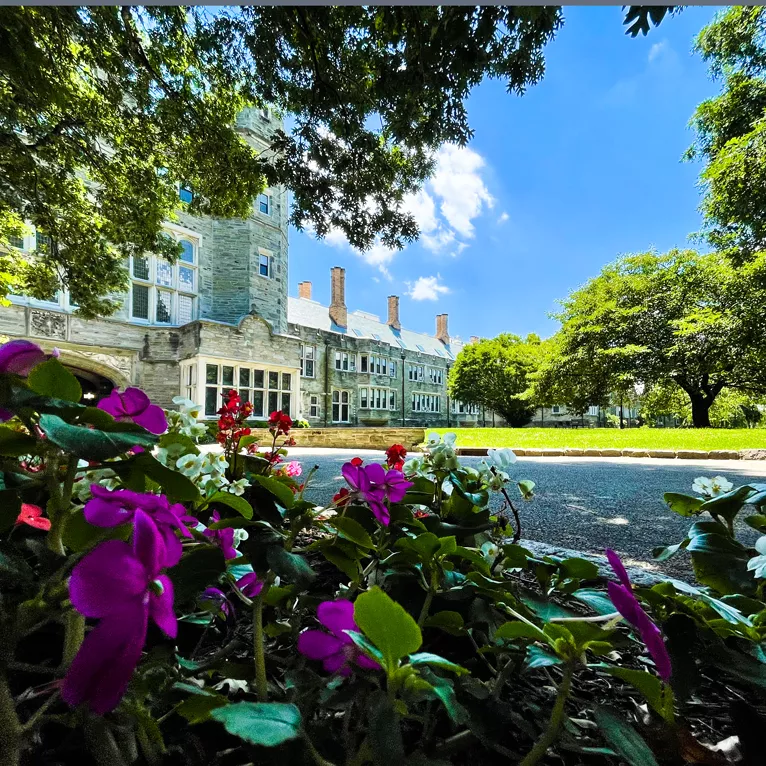Arabic
Arabic is one of a few languages which spread as a medium of intellectual thought, as well as a lingua franca. The role of Arabic as a global language was formalized at three historic moments. First was the revelation of the Qur’an in the vernacular of Mecca in the seventh century. The Qur’an is considered by Muslims to be the word of God verbatim. Second, toward the end of the seventh century, Arabic became the administrative language of the Muslim Caliphate or empire. This empire grew out from Arabia to include a territory ranging from Syria to North Africa and Spain in the west, and from Iraq to Iran, Central Asia, and the Indus Valley in the east. Third, during the 8th and 9th centuries Arabic became a language of intellectual exchange and scientific advance. Translations into Arabic were developed for important texts written originally in Greek, Syriac, Persian, Coptic, and Sanskrit.
During the middle ages, Arabic was spread around the Mediterranean, in Africa as far as the Sahara region, and in Asia toward India and the Muslim Chinese provinces, especially as a language of commercial exchange, intellectual discourse, and religious knowledge. In the core areas of the Middle East and North Africa, it also spread to become the daily spoken language. Because of the rich history of Arabic, its vocabulary found its way into many other languages including Spanish and even English in Europe, Turkish, Persian, Urdu, Malay Indonesian, in Asia and Swahili in Africa, to name a few.
More recently, for the past 150 years, Arabic has become the focal point of a cultural revival in the Arab World, the Nahda. With the help of the print mass media, it became the center of a debate among Arabs, about “who we are in the modern age.” The results were fascinating. New genres and styles of writing in Arabic developed, and continue to develop. Written Arabic today owes a great deal to the innovative writers of the Nahda.

Contact Us
Arabic Program
Old Library 103
Bryn Mawr College
101 N. Merion Avenue
Bryn Mawr, PA 19010-2899
Phone: 610-526-5198
Fax: 610-526-7479
Grace Armstrong, Director, Middle Eastern Language
Phone: 610-526-5386
garmstro@brynmawr.edu
Manar Darwish, Senior Lecturer and Director of Arabic
Phone: 610-526-5669
mdarwish@brynmawr.edu
Leslie Lawrence, Academic Administrative Assistant
Phone: (610) 526-5083
llawrence@brynmawr.edu